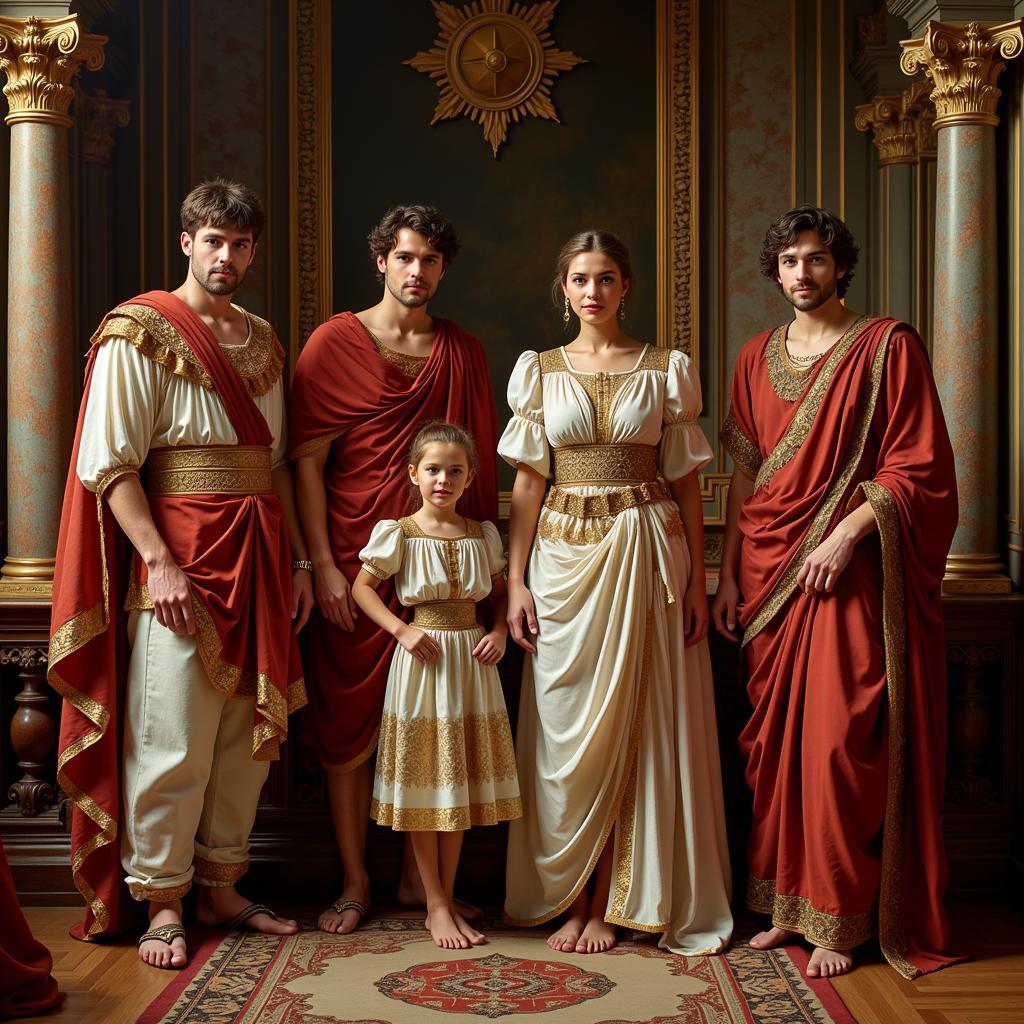The term “Patrician Society” often evokes images of opulent lifestyles and exclusive social circles. But what exactly defines a patrician society, and how does it function? This article delves into the complexities of patrician societies, exploring their historical roots, social structures, and lasting impact. We’ll examine how these elite groups have shaped history, influenced culture, and continue to resonate in modern society.
Defining the Patrician Society
Patrician societies, throughout history, have been characterized by their hereditary privilege and significant influence within their respective communities. These elites, often distinguished by inherited wealth, land ownership, and prestigious lineage, held considerable power and played a pivotal role in shaping political, economic, and social landscapes. From ancient Rome to medieval Venice, the concept of a patrician class has manifested in various forms, each with its unique characteristics and impact. One fascinating example can be found in the venetian society, known for its complex social hierarchy and powerful merchant elite.
The term “patrician” itself is derived from the Latin word “patricius,” meaning “father” or “of noble fathers.” This etymology highlights the importance of lineage and ancestry in defining patrician status. Membership was typically restricted to a select group of families who could trace their ancestry back to the founders or early prominent figures of a city or state. This exclusivity served to reinforce the power and privilege enjoyed by the patrician class.
The Role of Patricians in Shaping History
Patricians often held key positions in government, the military, and religious institutions, allowing them to exert considerable influence over the direction of their societies. Their wealth and resources provided them with the means to fund public works, patronize the arts, and support educational initiatives. However, this power and privilege often came at the expense of the lower classes, who were often excluded from political participation and subjected to economic exploitation.
The Structure and Hierarchy of Patrician Society
Patrician societies were typically highly structured, with clear hierarchies and social distinctions. Within the patrician class itself, there were often further gradations of status based on factors such as wealth, political influence, and family prestige. This hierarchical structure reinforced the social order and ensured the perpetuation of patrician power and privilege across generations. For instance, how old were girls when they entered society reveals societal norms and expectations within specific historical contexts.
 Patrician Family in Roman Empire
Patrician Family in Roman Empire
Patrician Society in Ancient Rome
The Roman Republic provides a prime example of a patrician society. The patricians, descended from the original founding families of Rome, held a monopoly on political power for centuries. They controlled the Senate, the most powerful governing body in the Republic, and held key positions in the military and religious institutions. This concentration of power led to social unrest and conflict with the plebeians, the commoners of Rome, who eventually gained greater political representation and rights through a series of struggles and reforms.
How did patricians maintain their power?
Roman patricians maintained their power through a combination of inherited privilege, political control, and economic dominance. They controlled vast tracts of land, which provided them with wealth and resources, and they held key positions in government, allowing them to shape laws and policies to their advantage.
What were the characteristics of Roman patrician society?
Roman patrician society was characterized by its emphasis on lineage, tradition, and social hierarchy. Patricians were expected to uphold a strict code of conduct and maintain their family’s prestige. They lived in luxurious villas, wore elaborate clothing, and enjoyed a lifestyle of leisure and privilege.
The Legacy of Patrician Societies
Although the traditional forms of patrician societies have largely disappeared, their legacy continues to shape our world today. The concepts of social hierarchy, inherited privilege, and elite influence still resonate in modern society, albeit in different forms. Understanding the historical context of patrician societies can provide valuable insights into the dynamics of power, inequality, and social change that continue to shape our world.
Conclusion
The study of patrician society offers a fascinating glimpse into the complex interplay of power, privilege, and social structures throughout history. From ancient Rome to the venetian society, patrician societies have played a significant role in shaping the course of human civilization. By understanding the dynamics of these elite groups, we can gain a deeper understanding of the forces that have shaped our world and continue to influence social and political landscapes today. The term “patrician society” reminds us of the enduring tension between privilege and equality, a tension that continues to be a central theme in contemporary society.
 Modern Day Elite Influence
Modern Day Elite Influence
FAQ
- What is the main difference between patricians and plebeians?
- How did patrician societies contribute to the development of civilization?
- What are some examples of modern-day equivalents of patrician societies?
- How did the decline of patrician societies impact social and political structures?
- What are some key lessons we can learn from studying patrician societies?
- What were some of the social responsibilities of patricians?
- How did patrician societies influence art and culture?
Please contact us for further support. Phone: 02043854663, Email: [email protected], or visit us at Zone 34, Bac Giang, 260000, Vietnam. We have a 24/7 customer service team.